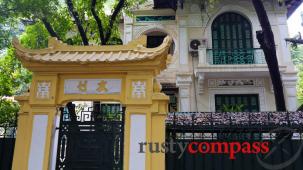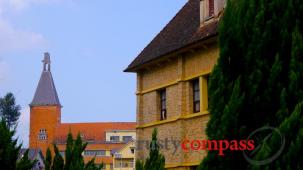Travel guides
- Australia
- Cambodia
- Laos
- Vietnam
Australia Travel guides
Cambodia Travel guides
Laos Travel guides
Vietnam Travel guides
-
Vietnam Map
-
Vietnam
Introduction -
Ba Be Lake
-
Mekong - Ben Tre
-
Cao Bang
-
Mekong - Can Tho
-
Cat Ba Island
-
Mekong - Ha Tien
-
Con Dao Islands
-
Mekong - My Tho
-
Dalat
-
Mekong - Tra Vinh
-
Danang
-
Mekong - Vinh Long
-
Dien Bien Phu
-
Mekong Chau Doc
-
DMZ
-
Mui Ne
-
Ha Giang
-
Nha Trang
-
Haiphong
-
Ninh Binh
-
Halong Bay
-
Phong Nha
-
Hanoi
-
Phu Quoc Island
-
Ho Chi Minh City
-
Pu Luong
-
Hoi An
-
Quy Nhon
-
Hue
-
Sapa
-
Kon Tum
-
Vung Tau
-
Mai Chau
-
Yen Bai






















